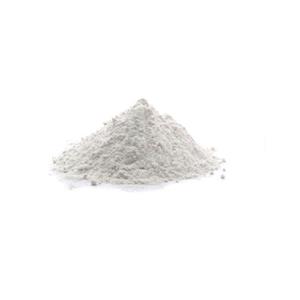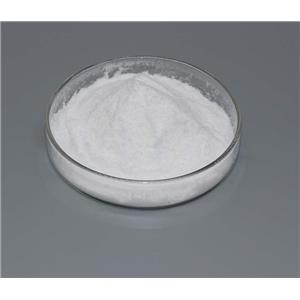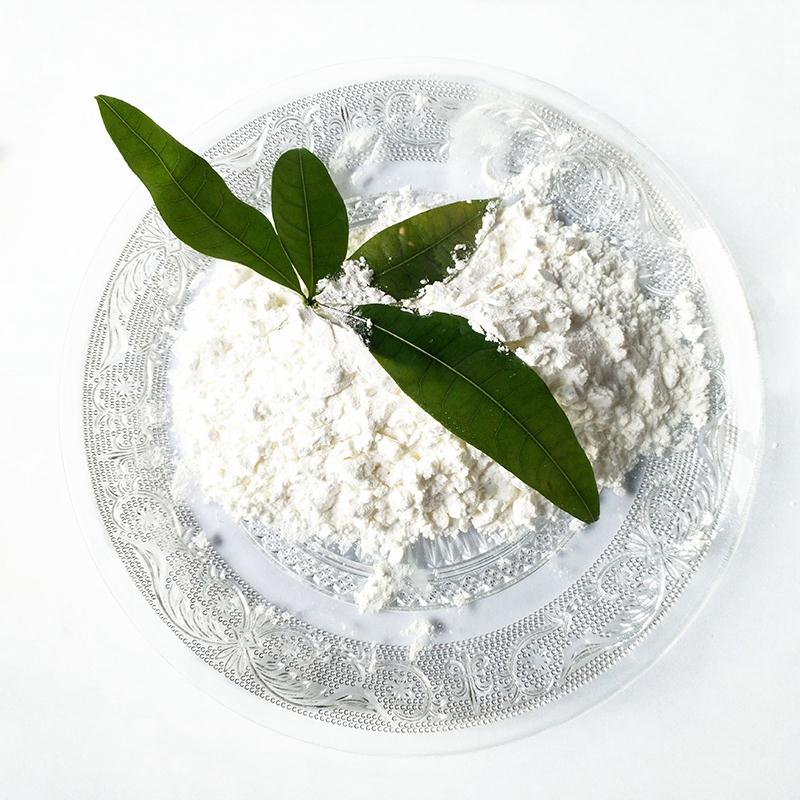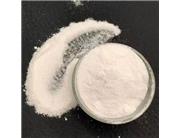| Description | Avibactam sodium (NXL-104), a diazabicyclooctanone compound, is currently the most favoured novel β-lactamase inhibitor. Compared with the three marketed β-lactamase inhibitors, NXL-104 has a long duration of action and reversible covalent binding to the enzyme, and does not induce β-lactamase production. |
| History | Avibactam sodium and its free acid, avibactam, are diazabicyclooctane (DBO)–based, non-β-lactam β-lactamase inhibitors (BLIs) that are used to treat multi-drug–resistant Gram-negative bacterial pathogens. The compounds were jointly developed by Actavis Generics (now part of Teva Pharmaceutical Industries) and AstraZeneca.
In 2015, avibactam sodium, in combination with ceftazidime, a cephalosporin antibiotic, was approved by the US Food and Drug Administration. The dual-drug’s target was complex urinary tract and intra-abdominal infections caused by Gram-negative, often hospital-acquired, bacteria.
In 2018, in the continuing quest to combat multi-drug–resistant bacteria, Eric M. Gordon, Matthew A. J. Duncton, and Mark A. Gallop at Arixa Pharmaceuticals (Palo Alto, CA) prepared analogues of avibactam that are more orally available than the free acid or its salt. |
| Uses | Avibactam (NXL104) is a novel β-lactamase inhibitor with a non-lactam structural scaffold. NXL104 irreversibly inhibits lactamase from Mycobacterium tuberculosis. |
| Definition | ChEBI: Avibactam sodium is an organic sodium salt that is the monosodium salt of avibactam. Used in combination with ceftazidime pentahydrate for the treatment of complicated urinary tract infections including pyelonephritis. It has a role as an EC 3.5.2.6 (beta-lactamase) inhibitor, an antibacterial drug and an antimicrobial agent. It contains an avibactam(1-). |
| Biological Activity | Avibactam[1192491-61-4] is a β-lactamase inhibitor (IC50s = 8, 80, and 38 nM for TEM-1, P99, and KPC-2 β-lactamases, respectively). It restores the antimicrobial activity of ceftazidime , ceftriaxone , imipenem , and piperacillin against antibiotic-resistant Enterobacteriaceae in vitro (MIC90 reduction 4-1,024-fold across 190 E. coli and K. pneumoniae clinical isolates). Formulations containing avibactam have been used to treat carbapenem-resistant Enterobacteriaceae infections. |
| References | [1] STACHYRATHéRèSE. Mechanistic studies of the inactivation of TEM-1 and P99 by NXL104, a novel non-beta-lactam beta-lactamase inhibitor.[J]. Antimicrobial Agents and Chemotherapy, 2010: 5132-5138. DOI:10.1128/AAC.00568-10.
[2] BONNEFOYALAIN. In vitro activity of AVE1330A, an innovative broad-spectrum non-beta-lactam beta-lactamase inhibitor.[J]. Journal of Antimicrobial Chemotherapy, 2004, 54 2: 410-417. DOI:10.1093/jac/dkh358.
[3] LAGACé-WIENSP R S. Activity of NXL104 in combination with beta-lactams against genetically characterized Escherichia coli and Klebsiella pneumoniae isolates producing class A extended-spectrum beta-lactamases and class C beta-lactamases.[J]. Antimicrobial Agents and Chemotherapy, 2011, 55 5: 2434-2437. DOI:10.1128/AAC.01722-10.
[4] KINGMADELINE. Multicenter Study of Outcomes with Ceftazidime-Avibactam in Patients with Carbapenem-Resistant Enterobacteriaceae Infections.[J]. Antimicrobial Agents and Chemotherapy, 2017, 61 7. DOI:10.1128/AAC.00449-17.
[5] ZHIYONG DING. Understanding the Role of Water in Different Solid Forms of Avibactam Sodium and Its Affecting Mechanism[J]. Crystal Growth & Design, 2020, 20 2: 1150-1161. DOI:10.1021/acs.cgd.9b01459. |

 China
China








